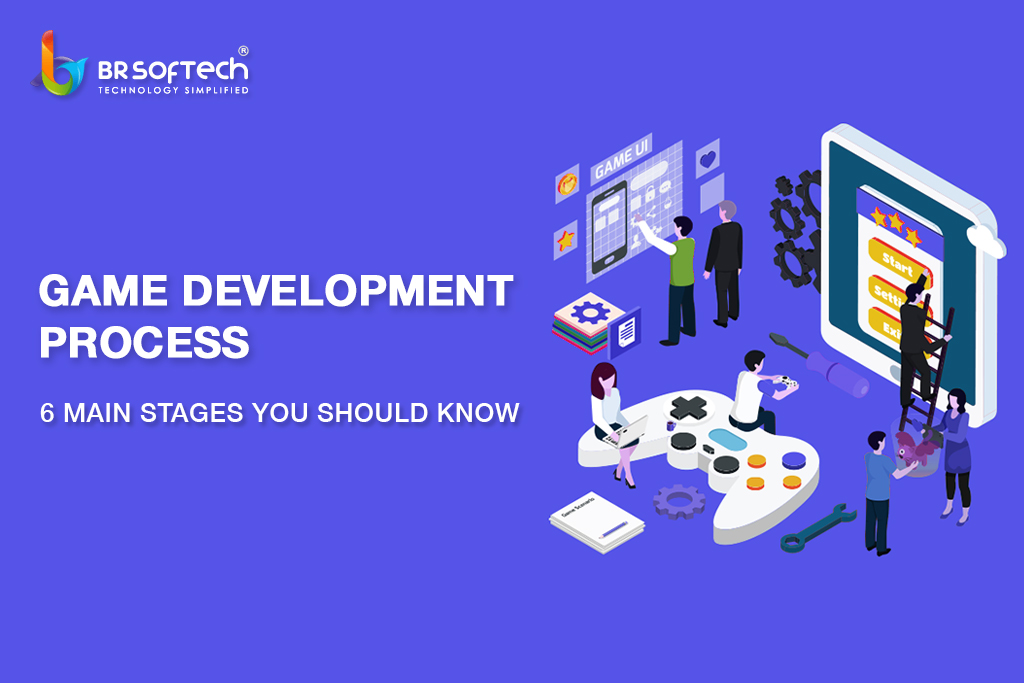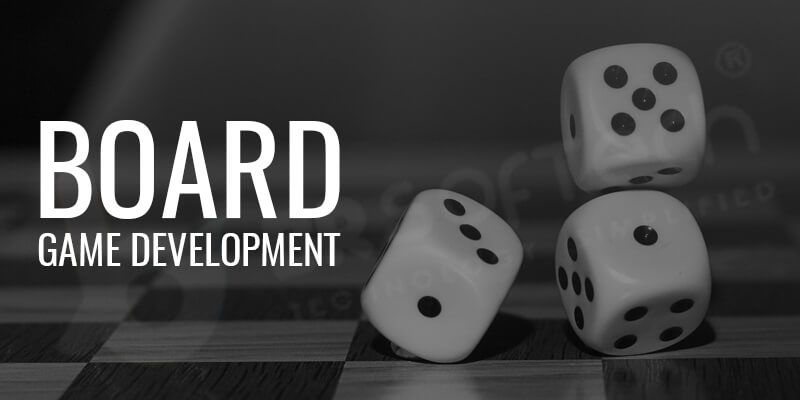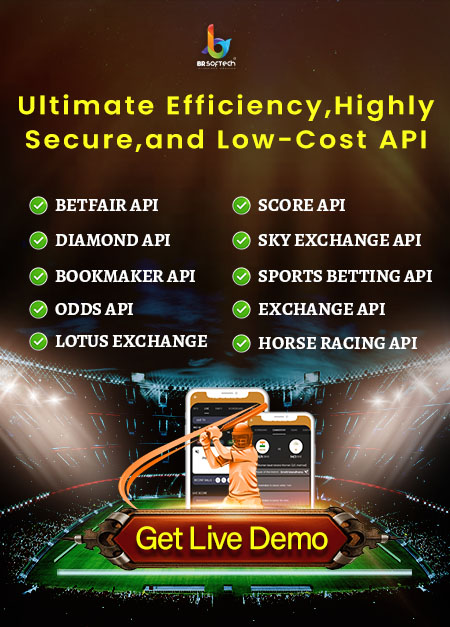Game development is booming as the gaming industry adopts new technology and becomes more friendly for gamers. There are multiple reasons for evolving the game development process as gamers become more intelligent and pursue gaming as a career.
There are multiple game development stages involved in developing a high-end game that keeps gamers motivated all the time. Moreover, The gaming industry’s future will be driven by Augmented and Virtual Reality.
The gaming industry grew by nearly 14.4% in 2021 due to more gamers adopting the games. The gaming industry was 178.73 Billion in 2021 and is expected to reach $268 Billion. Asia has more density of gamers increasing due to the increase in interest in games among students and youngsters.
To develop a great game, you need to collaborate with a good video game development company. However, Asia has 1.48 billion gamers among 3.2 billion gamers worldwide.
What is The Game Development Pipeline?
The game development pipeline is the whole process involved in game development. It is similar to the production line in industries. The game development pipeline helps to decide the flow of work and helps different departments decide what work they need to do. In-game development, a pipeline is a process to produce features and assets that go into the game. Game Design Document is the first game development stage. You need to define the game development process and flow to develop a smooth and lag-free game.
A game development pipeline is a complete set of instructions provided to simplify the game development process. This stage of the development pipeline gives shape to the game here; you define all the game stages. You have a rough idea and visualization of what the game would look like.
6 Different Stages of Game Development
Game development stages involve the hard work of many developers and new ideas to make a good game that can attract gamer’s attention.
Here are the six stages of a game development process :
1. High Concept
This is the general idea about the game. It is a very brief description where you have to tear down your idea into small pieces and arrange it in the form of a game. It is the first and most significant step of a game development pipeline. You can collaborate with a company that can do iOS and Android game development.
The idea needs a surface before the writer begins writing, the designer begins designing, and developers begin developing. It is an essential part of a video game; the game will start taking shape from here.
In this stage, you will think about the following questions:
- Will the game be 2D or 3D?
- How many characters will it have?
- Where and when does it take place?
- What type of video game will come on the market?
- Which platform are we building?
2. Pre-production
Here, you need to pitch your idea in a compact and summarised form to communicate it with ideas and their goals. It is also a stage where you decide why it would be a prudent idea to develop financially and commercially. It would help pitch the right companies to invest in your project to develop a high-end game.
Pre-production is for collaborating with different companies and raising funds from them; a few examples of perfect collaborations are:
- Engineers meet with writers, letting them know that under the current technological constraints, what we can do and what we can’t.
- Artists meet with designers to ensure the perfect visuals, colour palettes, and art styles are aligned and consistent.
- The project manager meets with different people from different departments to find the fun factor in the game.
- Writers meet with the project leads to summarise the narrative of the story. They are deciding about different aspects of the game.
3. Concept
This is the bond that connects concept and pitch. It is the stage where you describe and outline all aspects of your game. It would help if you defined demographics, and took the story, risk analysis, and a boatload of further information. The concept is the main supporting structure of your idea, and you need it to produce a high-quality game.
This stage is the formation of the foundation of the game, it is the formation of a skeleton or the designing of the roots of the game. The supporting line here is that it gives you a course to the main work and reduces your problem to make your process easier.
4. Game Design Document
This document includes all aspects of gameplay and may include imaginary aspects of your project. It would help if you had a game development plan and this design document. Mobile game development requires unique and extraordinary game design developers.
It has been an industry standard for a long time. More recently, the arguments against the game design documents are popping up on the surface. While these arguments have some disadvantages, this document can be beneficial if done correctly.
5. Prototype
This is where you can shine better; constructing a prototype will allow you to develop the techniques and methods in which you’ll fully execute your idea. It is an excellent way to portray your idea to someone or build a proof of concept, adapting your goals to a better tangible form.
Testing the prototype is crucial while providing a top-notch game to gamers and users.
Here are some things that might be excluded due to the testing stage:
- Everything is rendered correctly on the screen.
- Can a character walk through a wall or a locked environment?
- Are there any buggy areas or levels?
- Can these features be used to exploit the game?
- Permanent stocking of the character at a spot.
- The dialogue of the character is bland or stale.
Related : Unity3D vs HTML5 Game Development
6. Production
Production involves the design, level creation, programming, etc. You need to hire developers and build a great team in the production process. It would help if you integrated your idea with Android game development firms to produce a great game.
During production, you need to keep these things in mind:
- Audio Designs are adequate to make sure the characters’ activities feel real.
- Level designers make immense, dynamic, and suitable environments for multiple playstyles.
- Voice actors read a huge stack of scripts, taking many steps.
- Developers write large lines of milestones and sprint schedules to ensure that each department and its team members are kept accountable.
Essential Tools for the Game Design and Development Process
Game development is the next big thing in the world of technology. The days are gone when gamers struggled with low graphics and slow processing systems. Due to advancements in technology, people are now looking forward to gaming setups and environments to enjoy hardcore gaming.
The game development process involves many crucial and critical stages. Gaming is becoming a strict mode of entertainment for people. Game development stages use both tools and developers to develop a game.
Here are some of the tools that a game development company uses:
# Engines
Unreal Engine 4 : It is an excellent choice for a game available in the modern market. Since the original engine came out, this tool has been an excellent choice for unreal engine game developers.
Unity : It is a growing and popular engine. Unity has a few advantages depending on the requirements of the game. This engine makes the developing process quicker and easier to pick up.
GameMaker : It does not require a programming language, so that’s why it stands out from the other engines’ list.
Godot : This engine works perfectly for 2D and 3D engines, and it comes with an extensive array of commonly used elements and tools.
# Coding
Coding is needed to develop a good quality game environment that can solve your problems.
Visual Studio : It is a tool that has been the IDE of people’s choice for the last 20 years. It supports multiple languages, debuggers, editors, etc. People are recognising it as a better option to help you create mobile games for iOS and Android.
GNU toolchain : This compiler is a collection of the open-source equivalent of Visual Studio code. You can leverage having more toolchains if you are developing your game in the Linux ecosystem.
Related : Cost To Make A Multiplayer Game
Programming language
A programming language is necessary for a large video game development company. Suppose you are good at C++, which is the basis of any programming language. If you think making games for browsers you need to know different types of codes to get a complete user experience.
Java is as popular as C++ when it comes to the programming language world. Most popular games in the world like Angry Bird, etc are created using Java. Java supports multithreading, which means it uses less memory while providing most of the CPU.
Art and design
- Photoshop : the most famous software when it comes to digital art creation.
- GIMP : the best alternative to Photoshop. If you are a small business and can’t afford the premium plans of Photoshop, you can easily afford GIMP plans.
- Blender : It is used in the Art and Design process.
Final Words
The game development process involves many critical stages like using the right tools and having the correct developers. The game development pipeline is a series of processes that are arranged in such a manner as to develop a game quickly and effectively. Making a game is complex and without working with a Game development company.
You can have a great idea, but converting it into a real-life gaming environment needs the right developers’ efforts and tools. Android game development is also in trend due to the improving technology of Android mobile phones.
It would be best if you had a game development plan to produce a great game that satisfies all the gamer’s requirements and provides a virtual environment where they can relax and enjoy.















